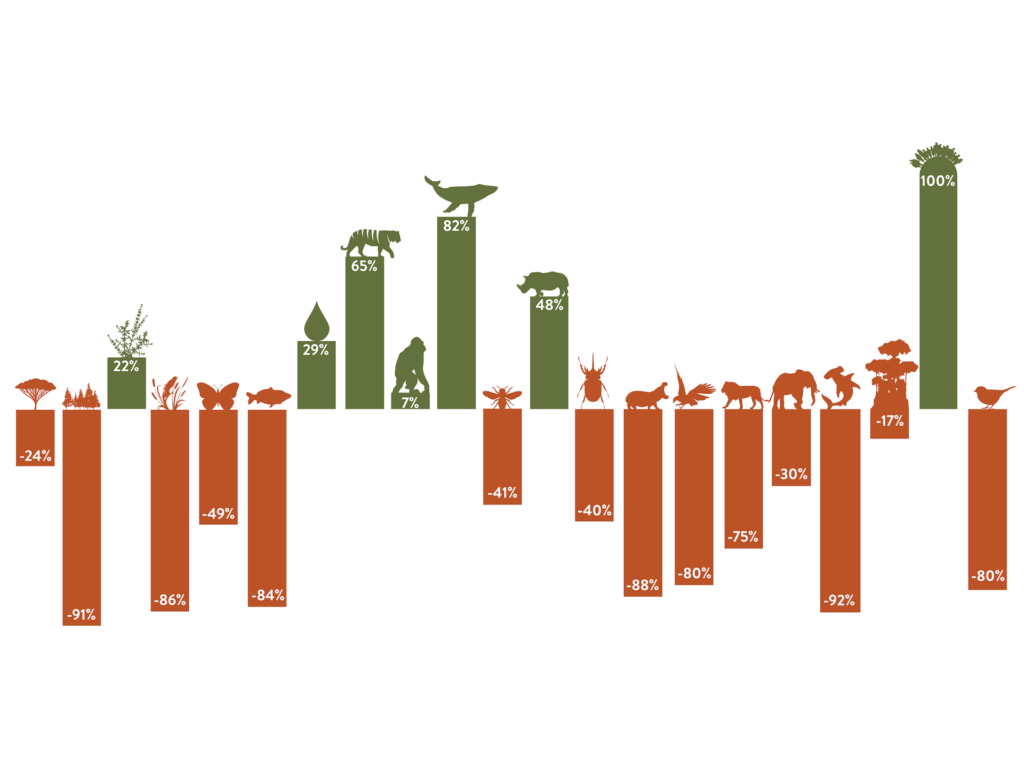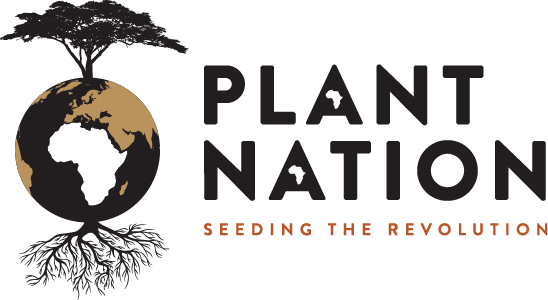18 Nov The Identified Problems VS The Solutions in Action

Increased Greenhouse Gas Emissions
For centuries humans burned wood as fuel, however, in the later parts of our history we found far greater sources of energy underground stored in coal and oil. Unfortunately as mush as these new fuels supported our industries and our growth as a species there was a major problem. Burning these types of fuels release what are known as greenhouse gasses. Greenhouse gasses are potentially problematic for the planet because they play an important role in the weather cycle. They trap heat and the more heat that gets trapped the more drastically our environment changes.
Greenhouse Gas management
While greenhouse gasses are responsible for trapping heat they also plan another vitally important role in another natural cycle. The particles that make up many greenhouse gasses are the exact same materials used by plants to grow, In other words, one way that we can. pull greenhouse gasses out of the air is by growing plants and the bigger the plants the more carbon you. capture which means that a fairly obvious solution to helping mitigate greenhouse gas emissions is to plant as many forests as possible.
Land degradation and soil erosion
The more land a farmer has, the more cattle or crops he or she can grow. The problem us that when we cut down ancient forest to plant crops or meadows we start a run-away chain of events that mean less arable land in the long run. Forests are made up of multiple layers of plants which in turn push multiple layers of roots into the soil where they pull up nutrients in order to grow. Eventually their leaves and branches fall or the plants die an so do their roots. This means that the cycle of nutrition is interrupted and the soil and water holding capabilities of the roots is destroyed. So no trees means no soil and no soil means no trees and no soil means no crops or cattle, so really no trees means no farmers.
Land restoration and soil regeneration
Forests can be managed by farmers for farmers. By utilizing the natural forest cycle farmers can actually use trees to increase the productivity of their land. They. can increase the water holding capacity of the ground by using plants like Buddleja which store and then release excess water in their roots or they can increase the local fertility by planting species like acacia. Their roots are fast growing which helps stabilize the soil but they are also nitrogen fixing which mean they are essentially natures fertilizer manufacturers. They can be planted and later cut down while leaving a lasting legacy under the ground to feed future generations of crops or cattle. Farmers are the stewards of our land and their understanding of natural cycles can play a key role in land restoration, all it needs is a new kind of education and a realization that trees can save us and save them and their families.
Alien invasions and declining wildlife
Historically Johannesburg imported planted pine and blue-gum trees to grow the timber necessary to build props and shafts for the gold mining industry. Later as paper became one of our biggest exports, tens of thousands of hectares of black-wattle were added to that list. In addition to this, avid gardeners have imported hundreds of species of plants into South Africa. While we may reap the financial benefits of these plants as a country, it also places some of our most precious resources at great risk. Many of these alien plants are fast growing and perfectly suited to the South African environment. The problem is that there are no natural control measures such as predators or herbivores in place to control their numbers.
Habitat Restoration
Planting indigenous and endemic trees creates a habitat which naturally attracts wildlife and a variety of animals while creating optimal conditions for more plant life to spring forth encouraging a thriving ecosystem. The food, nutritional value and shelter trees provide for a variety of small birds and small animals are enough reason to believe that our tree planting programs offer an all-encompassing solution to the environmental challenges we face globally.


